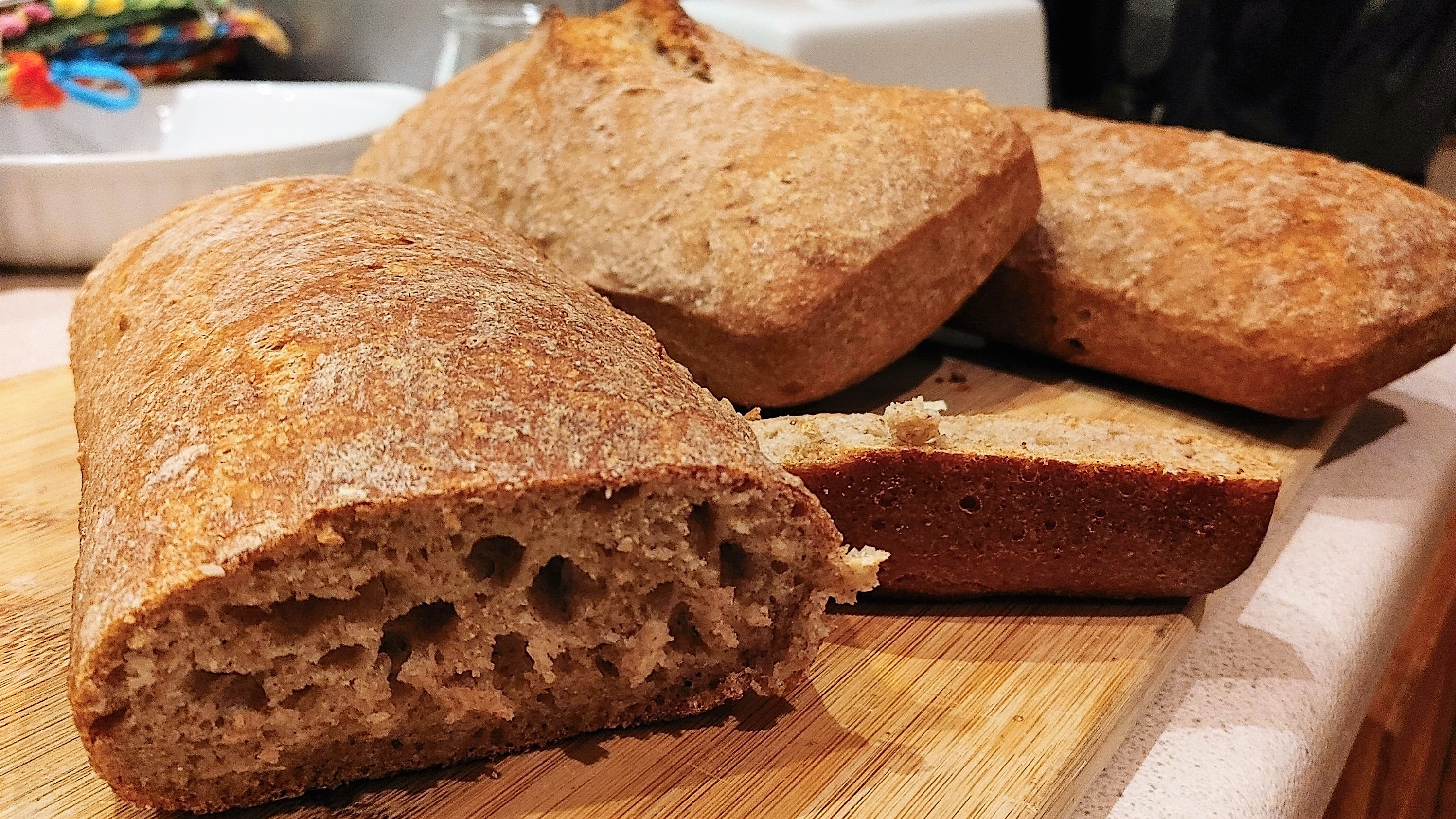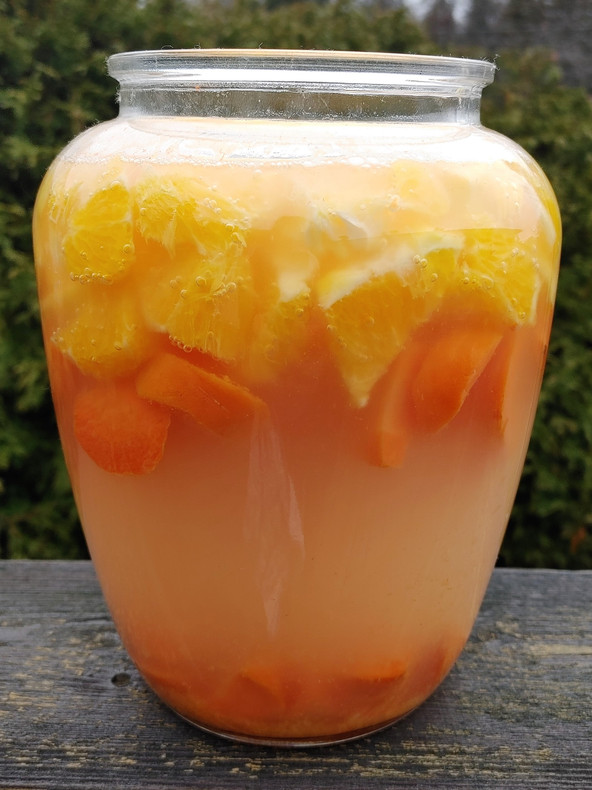


The art of small-scale fermentation had been passed down from generation to generation for millennia.
Originally a food preservation technique, this tradition has been making a spectacular comeback in recent years.
What could explain this renewed interest in DIYed fermented foods?
Let's reflect on it for a minute.
In their very essence, fermented foods are slow foods. Fermentation, when done correctly and with no shortcuts, takes time. For example, making sourdough from a slurry of flour and water takes a few days. Making kvass from fruit and root vegetables will take equally long. Who has time for this? And who wants to put in the work?
You'd be surprised.
For many, this ancient practice that demands time and "extra work" is appealing and meaningful, embodying ancestral wisdom that calls for a slower, more mindful way of life.
This resonates with an ever-growing number of people.
Simply put, we miss that slower-paced, more mindful, artisanal lifestyle.
A jar of cultured food fermenting in our kitchen represents our rediscovery of that way of life. We feel reconnected with a long-lost craft.
It should come as no surprise that we're smitten. The fizzing, bubbling jars brimming with life on our counter are unlike anything we'd buy in the store. We fermented them ourselves, like in the days of old, using simple staples such as vegetables, flour, or dairy, to nourish ourselves and our family.
Homemade fermented foods stand in stark contrast to mindlessly grabbing any old foodstuff off the shelf in the grocery store.
Home fermentation reminds us that some things are worth investing time and work in. Nutritious homemade fermented food is one of them.
Homemade fermentation is profoundly gratifying. Keep at it. You may inspire someone else to follow in your footsteps and start fermenting.

